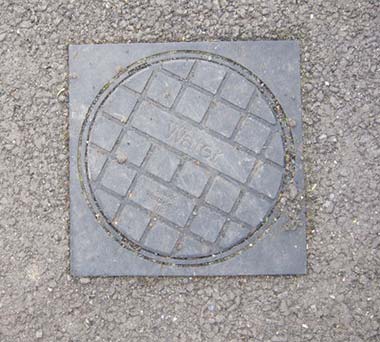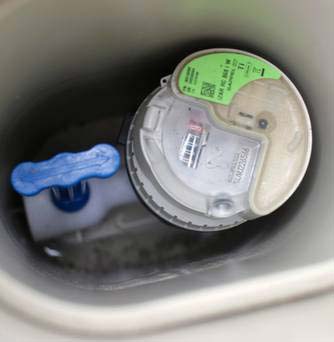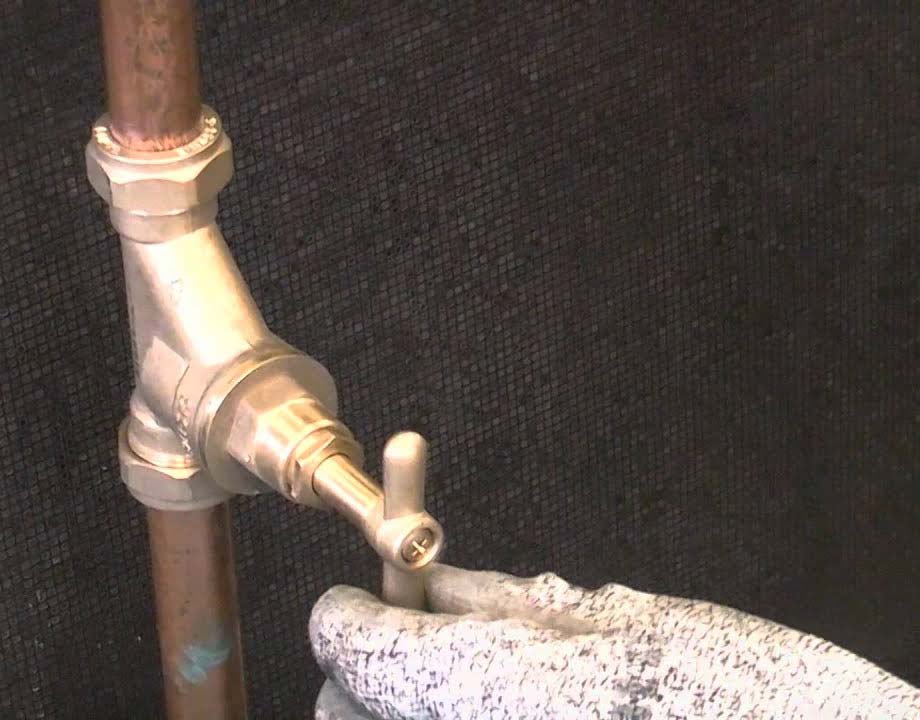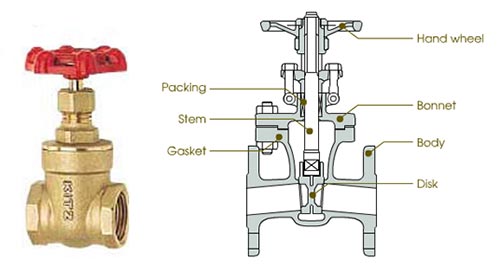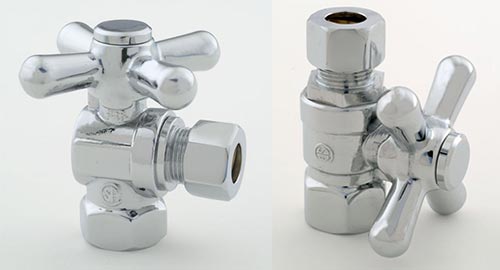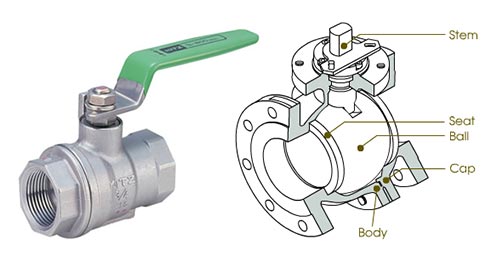How to isolate your property water supply |
|
| Posted by Dan on 15 Oct 2019 in Plumbing | Comments (3) | |
When you have a water leak every second counts in minimising water damage to your property.
Knowing how to identify what will isolate your water and where it will be located could save you thousands in property repairs, so we'll start with the more likely ways to isolate your water supply then show some less popular options.
Isolating the water at the main meterIf you live in a house or bungalow, the easiest way to stop the flow of water without having to search high and low for stop cocks and check valves is to go outside your property, locate the main water meter in the pavement, lift the lid and turn the handle a 1/4 turn. Turning the water off at the meter will mean your property will not have any water, however it is extremely quick to do as the water meter is usually always out the front of your property. You will need a flat head screwdriver to lift the lid to expose the water meter. (a butter knife could work if you don't have any tools on hand)
If you live in a flat or where there are multiple properties in a small area it may be difficult to identify which water meter is for your property, especially if you are in a hurry.
Isolating the water via the stopcockThere may be multiple stopcocks within your property, however most properties have a main one as the water pipe enters the property. Turning the water off at the main stopcock will isolate the water to the whole property. If you live in a flat the stopcock could be in either a communal area or within your flat itself. When you locate the stopcock, simply turn it clockwise all the way to shut off the water.
Isolating sections of your property water supplyIn a well desiged hot & cold water system within a property you should have numerous isolating valves, gate valves, globe valves, stop valves, check valves, ball valves, and bufferfly valves prior to any main water point such as a toilet, wash basin, sink, bath or shower, so that each water point can be separately isolating from the main flow of water. For exampe, if you have a water leak from a broken tap head then you should be able to isolate just the taps by locating the valve below and shutting the water off. Most valves can be hand operated or be shut off with a flat head screwdriver. An example of some valves can be found below.
Gate valves
Gate valves are more common in commercial and industrial applications and are intended for fully opened or fully closed applications and should not be used to throttle the water pressuure/supply. When the wheel is turned clockwise a gate (also known as a wedge or disc) is lowered and completely cuts the flow of water. When the wheel is turned counter-clockwise the gate is raised into the body of the valve which means no loss of pressure. Gate valves can seize up after being left open or closed for long periods of time.
Stop valves
You will usually find a stop valve behind your toilet or bidet, under your sink or wash-hand basin, or at any other water point. Although all valves can stop the flow of water not all are designed to do so, however as the name suggests this is exactly what a stop valve is made for. Stop valves are a favourite for being easy to operate and their resemblance to a traditional tap head. Stop valves can be straight or angled and usually operate on a 1/4 turn style.
Ball valves
Probably the most widely-used valve design, ball valves employ a cored, rotating ball to control flow. Usually operated by lever handle, they also offer a quick view of their status. Ball valves design makes them ideal for full-flow applications, and their easy, low-wear operation is also excellent for throttling. A quality ball valve can be opened and closed a hundred times a day with little impact on the valve mechanism itself, so you can expect to get a long life out of these valves with very little maintenance or trouble. Ball valves come in a very wide range of materials and styles, including brass, stainless steel, PVC, threaded, and push-to-fit, to suit almost any application. |
3 Visitor Comments
|
|||||||||||||||||||
Post a Reply |
Services
Areas of interest |
Follow us |
AA Plumbing is a trading name of AA Plumbing (UK) Ltd
Registered in England & Wales (No. 08798904)
601 International House, 223 Regent Street, London, W1B 2QD
03456 46 11 46
support@aaplumbing.co.uk


